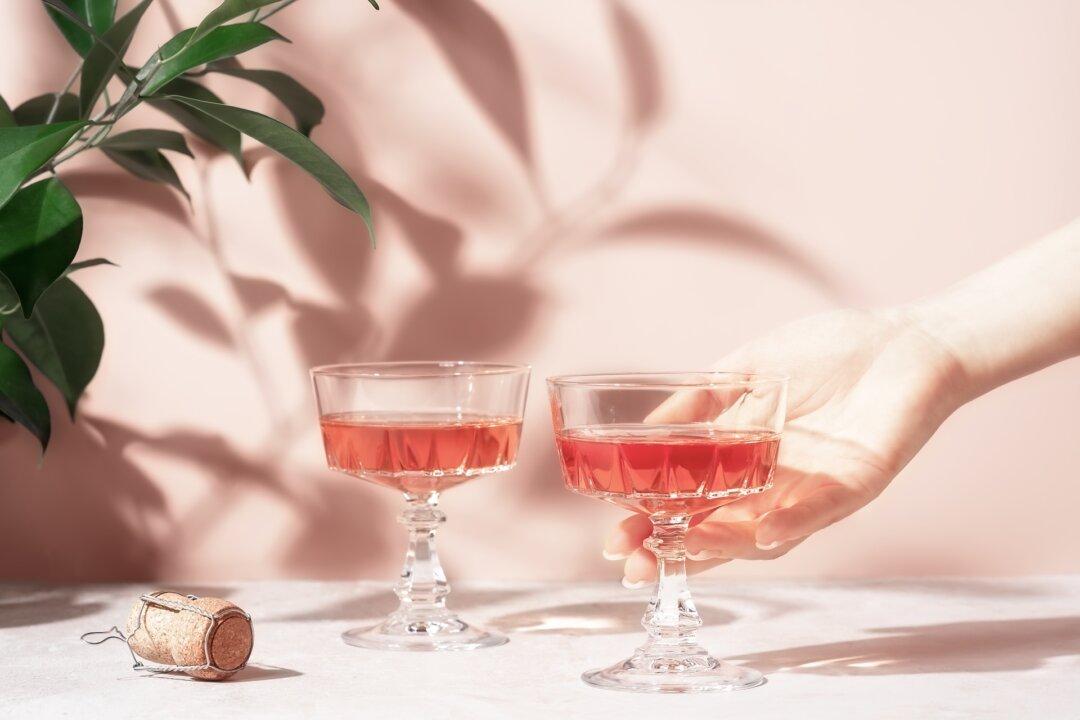One of the world’s greatest wine regions produces so little red wine that it can be considered negligible.
I refer to Germany, where the riesling grape has near complete dominance and for a good reason: it makes one of the world’s greatest wines. It has established such a reputation that all rieslings in the world are compared to it.
Europeans have appreciated German riesling for hundreds of years. In fact, at the turn of the last century, dry German riesling was so widely respected that at the London wine auctions, it sold for more money than any other wine.
One reason is that technology in the early 1900s was so rudimentary that it was difficult to make a dry white wine that wasn’t spoiled. And the Germans not only had the greatest climate to make great riesling, but also had a system that identified the best growing regions.
Weather patterns were also so erratic 125 years ago that some German vintages were awful. Spoilage was a common pitfall, leaving great dry German rieslings to represent a tiny category of wine.
Today, however, technology allows Germany to produce some of the greatest wines it has ever made, and they are more widely available. Warmer temperatures generally permit newer regions to emerge that previously never made great wine. Today, all that has changed.
One problem for most Americans is the German wine terminology. When a term implying quality is as long as Erzeugerabfullung, many Americans’ eyes glaze over, and they begin to ignore the product.
Indeed, German Rieslings are not necessarily friendly to the eye because of the complicated terminology.
It would require a good-sized book to explain all the details of riesling, so what follows is a rudimentary guide to the sweetness levels of quality wines (Qualitatswein mit Pradikat).
There are higher levels of sweetness as well, and most of the time, these wines are outrageously expensive.
In addition to these categories, there are separate sweetness levels that may apply to the previous designations.






